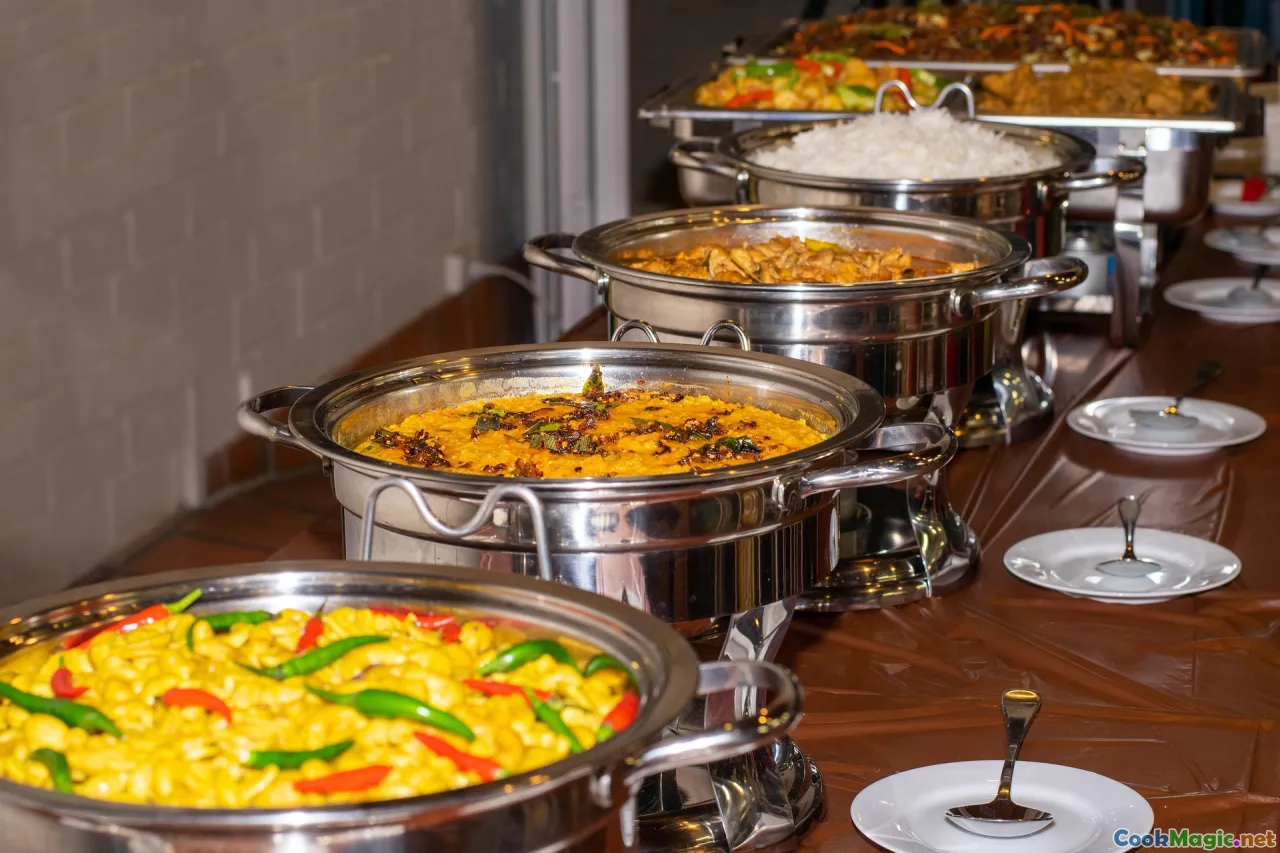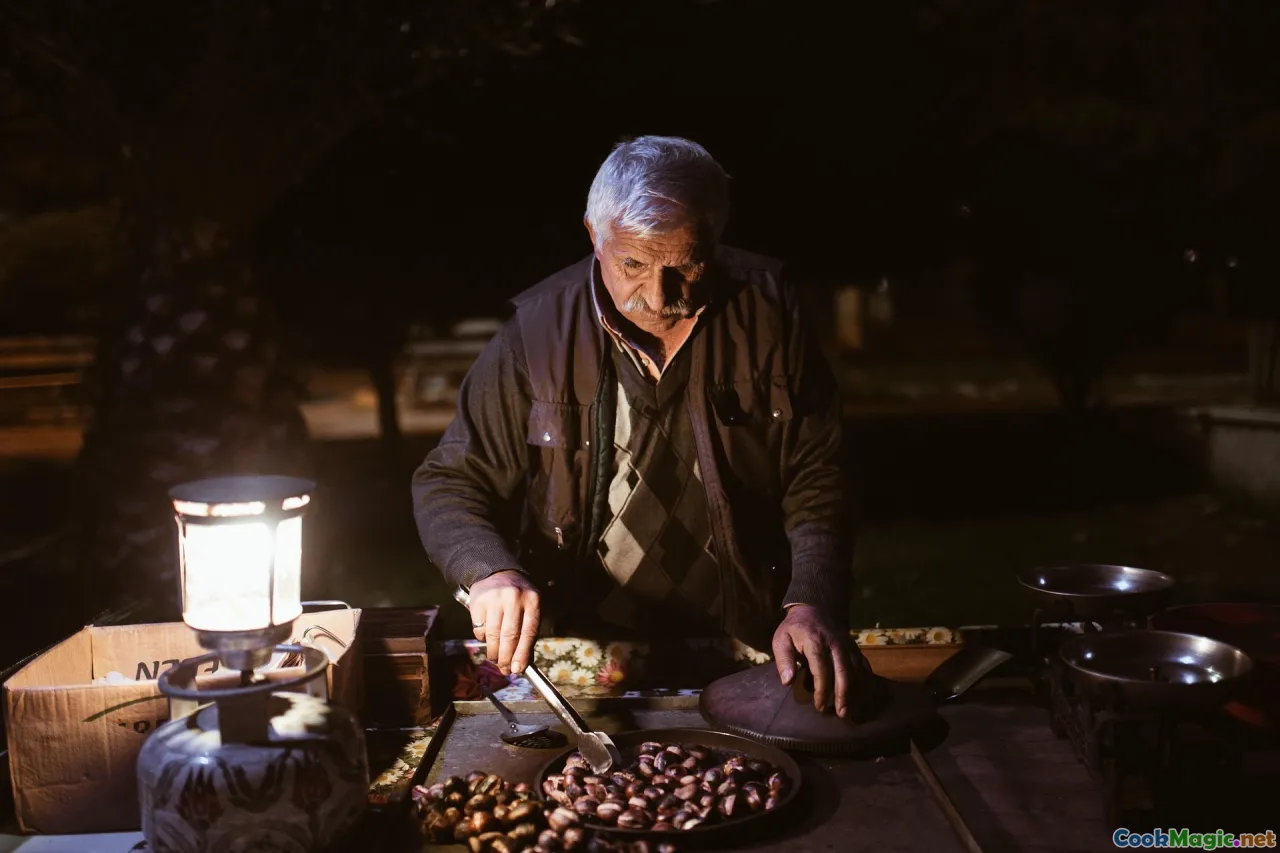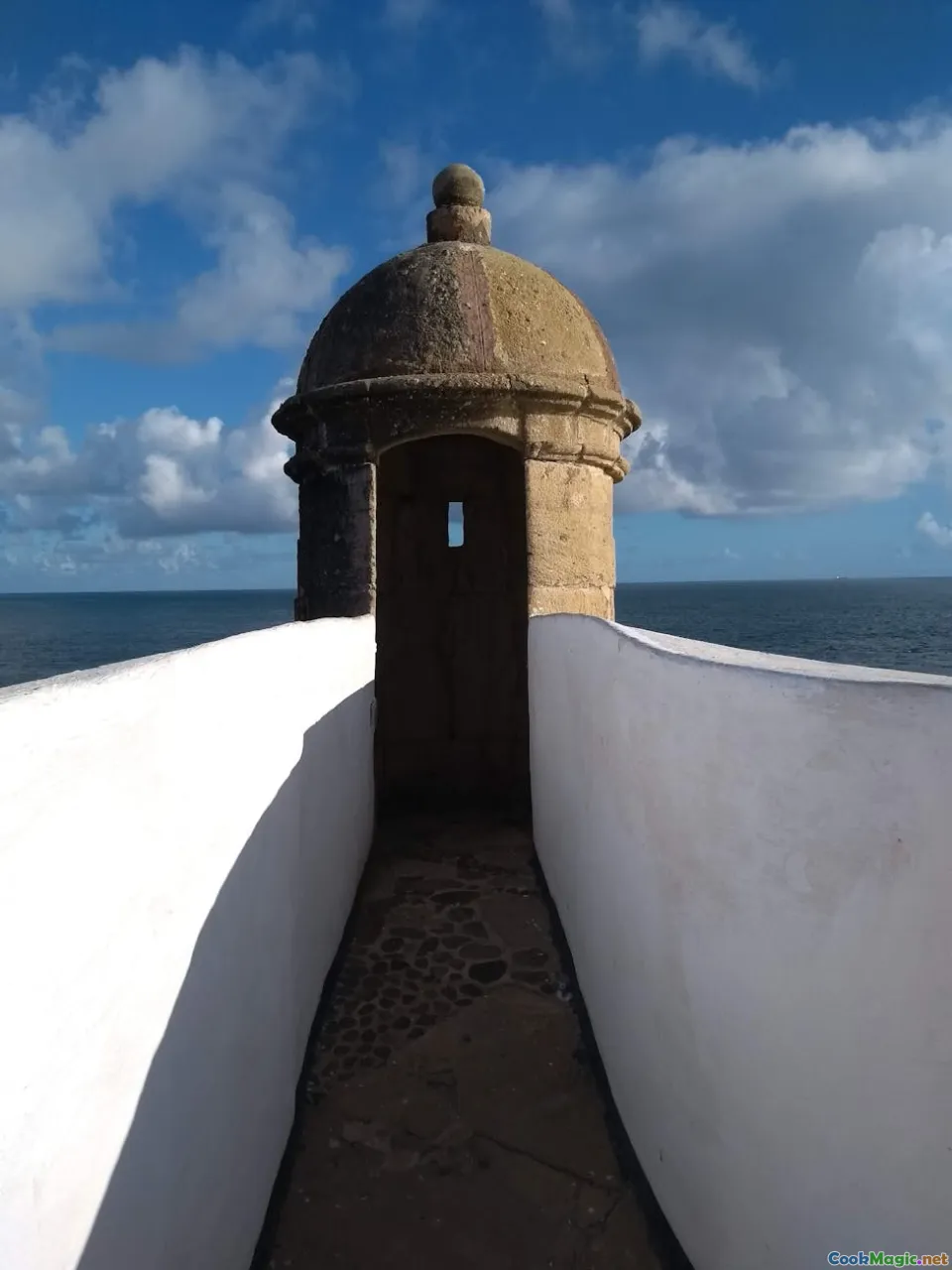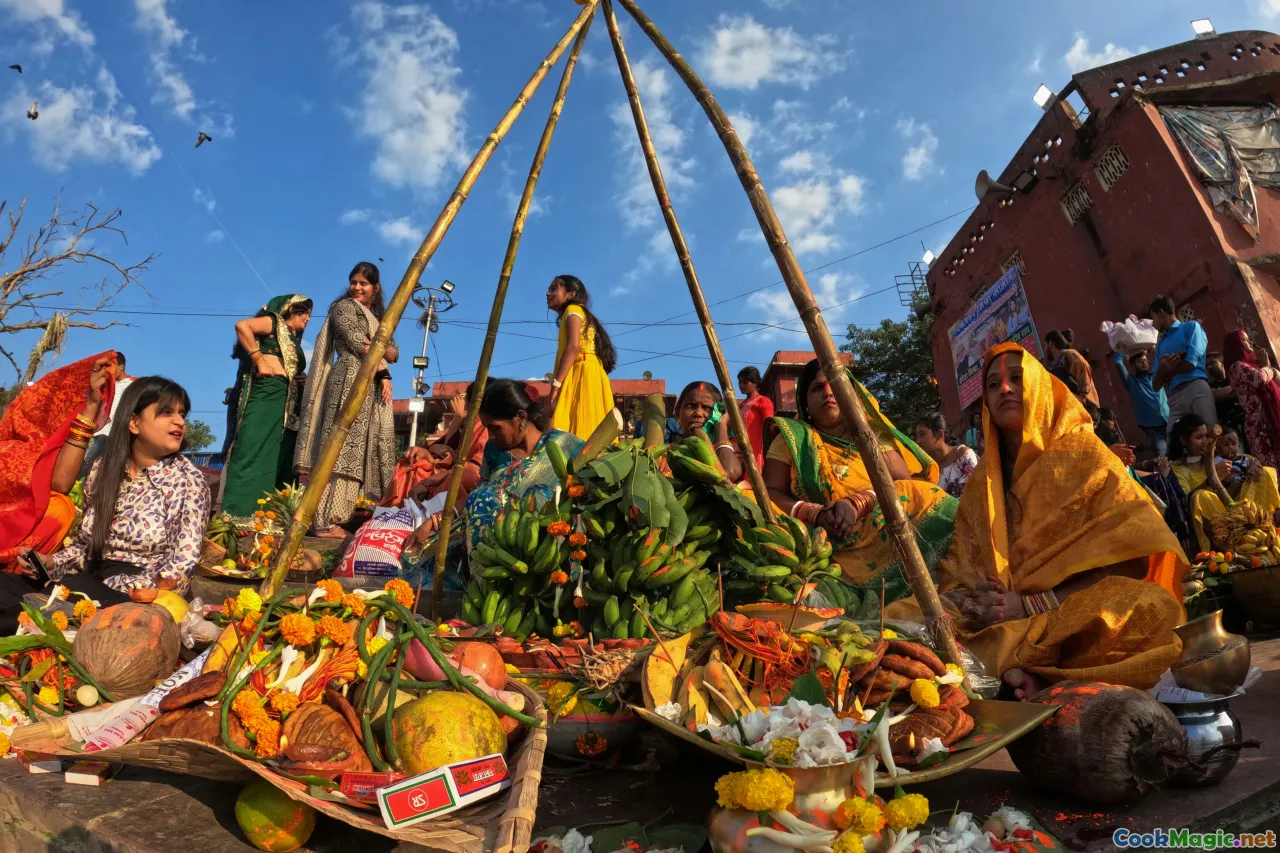The Significance of Breadfruit in Bajan Meals
9 min read Explore breadfruit's vital role in Barbadian meals, highlighting its culinary versatility and cultural importance in Bajan traditions. July 25, 2025 06:05
The Heartbeat of Barbadian Cuisine: Embracing Breadfruit
As you breeze through the vibrant streets of Barbados, the aroma of roasted spices and the laughter echoing from local eateries paint a vivid tapestry of island life. Amid this lively mosaic, one humble yet profoundly significant ingredient stands tall—breadfruit. For Bajans, breadfruit isn’t merely food; it’s a symbol of survival, community, and the deep-rooted history that binds generations together.
Standing on a sun-kissed hillside, anticipation blooms as a ripe breadfruit is sliced open, revealing a starchy interior akin to freshly baked bread yet alive with a milky glow. Its scent—a comforting earthiness intertwined with sweet undertones—anchors your senses, inviting you into a world where land and culture meld seamlessly. Let's unravel the story, taste, and essence of breadfruit in Barbadian cuisine.

Historical Roots: From African Roots to Caribbean Staple
The journey of breadfruit in Barbados is as layered as its flesh. Imported from the Pacific via trade routes long before the British colonizers arrived, breadfruit found its fertile ground in Barbadian soil in the early 19th century. Joseph Banks, the famed botanist, played a pivotal role in introducing and propagating this hardy crop during the colonial era, recognizing its potential as a sustainable food source for enslaved Africans.
For generations, locals cultivated breadfruit as a resilient crop—thriving amidst drought and storms—becoming a symbol of resilience and ingenuity amidst hardship. It was, and still is, a testament to the resourcefulness of Bajans who turned adversity into abundance.
Its significance transcends mere sustenance. Breadfruit became intertwined with stories of emancipation, hope, and self-sufficiency, serving both as a food source and as a cultural emblem.

From Tree to Table: The Cultivation and Preparation
Breadfruit trees flourish in Barbadian backyard gardens and smallholdings, their broad, lush leaves providing shade—an inviting canopy during hot afternoons. When ripe, their spiky exterior yields easily, revealing bulbs of pale, creamy flesh.
The preparation of breadfruit involves a ritual that Bajans cherish. Whether roasted, boiled, fried, or turned into a hearty mash, each method brings out a different dimension of this versatile ingredient.
How to Prepare Breadfruit:
- Pick the Right Fruit: Ripe breadfruit feels firm but yields slightly under gentle pressure. The skin should be free from blemishes or blackened spots.
- Peel Carefully: Using a sharp knife, slice off the tough outer skin, which can be prickly and fibrous.
- Cook accordingly: For roasting, halve the fruit and place on an open flame or charcoal until golden and supple. Boiling involves cutting into chunks, then simmering until tender.
- Season to Taste: Salt, butter, herbs, and even a touch of coconut milk elevate its natural flavors.
Traditional Dishes:
- Roasted Breadfruit: Baked directly in embers or on a grill, this method imparts a smoky aroma that embodies outdoor Barbadian feasting.
- Breadfruit Fries: Sliced into thin strips, seasoned with local spices—paprika, thyme, and pepper—and fried to crispy perfection—crave-inducing snacks.
- Breadfruit Mash: Simmered until soft, then mashed with butter and fresh herbs, reminiscent of comfort food.
- Breadfruit Stew: Combined with salted beef, okra, and Caribbean seasonings, simmered until flavors meld into a nourishing, aromatic stew.

Cultural Significance: More Than a Meal
For Bajans, breadfruit represents more than sustenance; it encapsulates identity, community, and resilience.
During island festivals such as Crop Over—Barbados’ premier cultivation celebration—breadfruit features prominently. Vendors line the streets with steaming trays of fried breadfruit, while local storytellers recount its history and significance in stages and communal gatherings.
In rural villages, the age-old tradition of breadfruit harvest is a communal affair. Families come together, sharing stories, laughter, and the bounty of the land, reinforcing social bonds through this shared harvest.
Moreover, breadfruit’s role in survival has turned it into a symbol of sustainability. As climate change challenges food security worldwide, Bajans look back at their heritage of cultivating such hardy crops as inspiration for resilient agricultural practices.

Tasting, Pairing, and Elevating Breadfruit
In contemporary Barbadian cuisine, chefs and home cooks are pushing boundaries—turning breadfruit into gourmet offerings that dazzle the senses.
Tips for Elevating Breadfruit:
- Infuse with Flavors: Marinate slices in jerk spices or Caribbean citrus before roasting.
- Transform Textures: Use grated breadfruit as a gluten-free binder in alt-breads or fritters.
- Presentation: Serve sliced roasted breadfruit with a drizzle of spicy mango salsa or seasoned coconut cream for modern fusion dishes.
Pairing Ideas:
- Complement with smoked fish or salted cod for authentic island flavors.
- Pair breadfruit fries with tangy tamarind sauce or pungent pepper vinegar.
- Incorporate into rice and peas dishes for added starch and flavor depth.
Personal Reflection: The Soul of the Island
There’s a certain reverence embedded in each bite of breadfruit in Barbados. It’s the earthy aroma that calls forth memories of family gatherings, the smoky taste from outdoor fires on moonlit nights, and the melodious chatter of loved ones sharing stories over steaming bowls.
For me, breadfruit symbolizes the Pas de Deux of resilience and celebration—rooted in history yet vibrant in contemporary culinary expressions. Each preparation, each bite, resonates with the enduring spirit of Barbados, echoing stories of perseverance, community, and hope.
Final Thoughts: A Call to Experience*
In or out of Barbados, exploring the many facets of breadfruit offers a gateway into Caribbean culture and history. Its rich flavors, hearty textures, and deep cultural resonance make it an ingredient worth discovering—not just as a staple but as a symbol of a resilient, vibrant community.
So next time you encounter breadfruit, think beyond its humble appearance. Embrace it as Bajans do—a gift from the land embodying the essence of their heritage, climate, and collective spirit.
Let this tropical treasure inspire your culinary adventures, and perhaps, stir a sense of island pride in your own kitchen.










